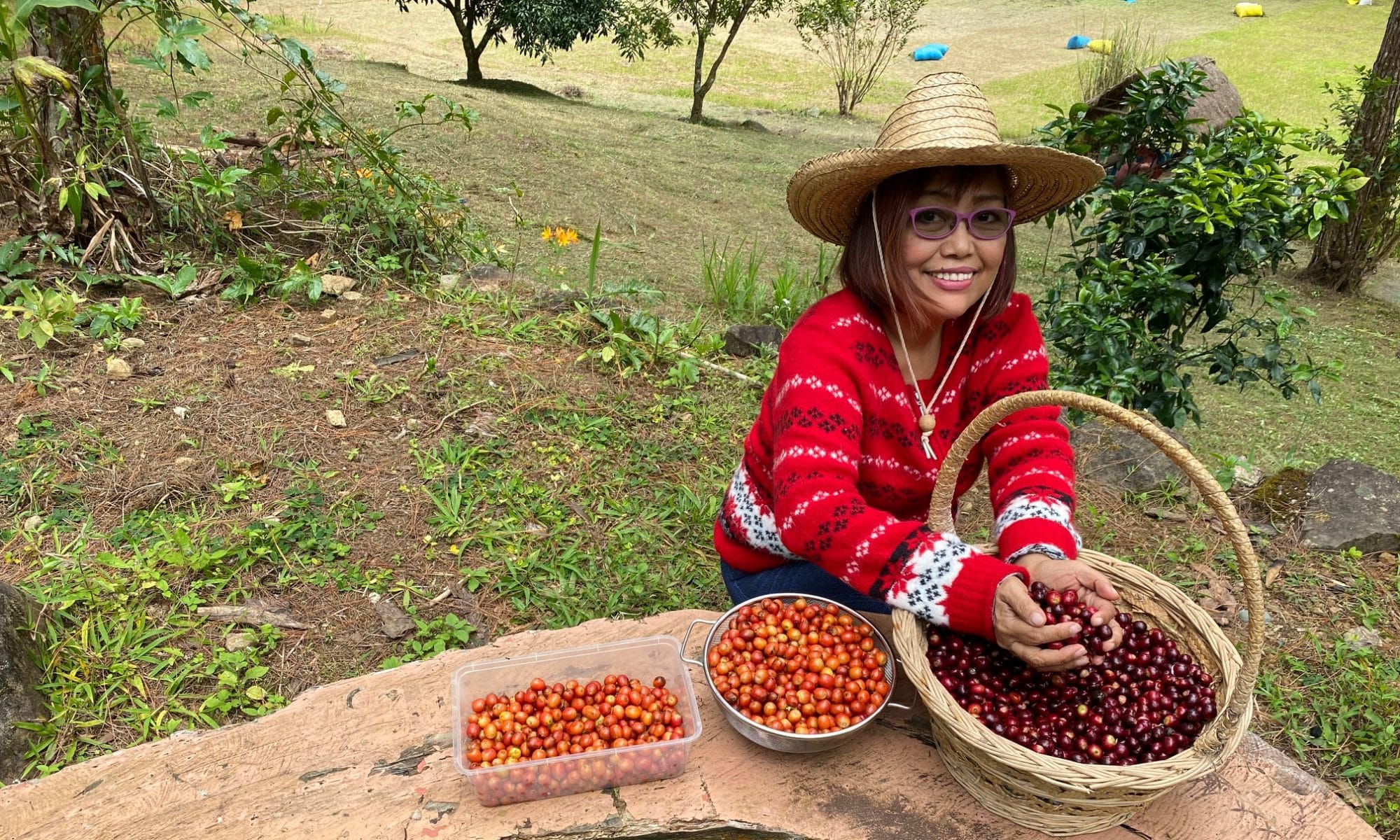
Hidden among the lush forests of Benguet province lies a treasure trove of wild edible fruits, deeply woven into the fabric of local culture and cuisine. Grown under kalasan and other shade trees, these fruits thrive alongside our shade-grown coffee, enriching the region’s biodiversity. An ethnobotanical survey by Racquel Tan Chua-Barcelo identified 36 species spread across 13 municipalities. With the help of our farmers, we identified 15 of the 36 wild fruits, indicated in bold letters as follows:
36 Wild Fruits Identified:
- Saurauia sp. (soybo)
- Saurauia elegans (uyok)
- Saurauia sparsifolia (sapuwan/degway)
- Callamus manillensis (litoko)
- Garcinia binucao (balokok)
- Rheedia edulis (Chinese santol/lemon drop mangosteen)
- Garcinia vidalii (bilis/belis)
- Dillenia philippinensis (palali)
- Elaeagnus triflora (bennaken/kopapey)
- Vaccinium barandanum (lusong)
- Vaccinium myrtoides (ayosep/gotmo)
- Flacourtia rukam (kalominga/native cherry)
- Medinilla pendula (agubangbang/gubangbang)
- Melastoma malabathricum (baksi/tagad-ay)
- Ficus sp. (aplas/appas)
- Ficus minahassae (alomit)
- Morus alba (moras)
- Muntingia calabura (sarisa)
- Musa rosacea (bayating)
- Embelia philippinensis (bisolak)
- Psidium guajava (wild guava)
- Passiflora edulis (masaplora)
- Antidesma bunius (bugnay)
- Antidesma montanum (balekesan)
- Photinia serratifolia (sugsuggat)
- Rubus ellipticus (batnak)
- Rubus fraxinifolius (pinit/sapinit)
- Solanum betacea (dulce/tamarillo)
- Physalis peruviana (gobbayas)
- Solanum pimpinellifolium (marble tomato)
- Debregeasia longifolia (ngamey)
- Leucosyke benguetensis (lapsek)
- Tetrastigma sp. (ngalatngat)
- Alpinia vanoverberghii (akbab)
- Amomum lepicarpum (gadang)
- Leptosolena haenkei (poli/panawil)
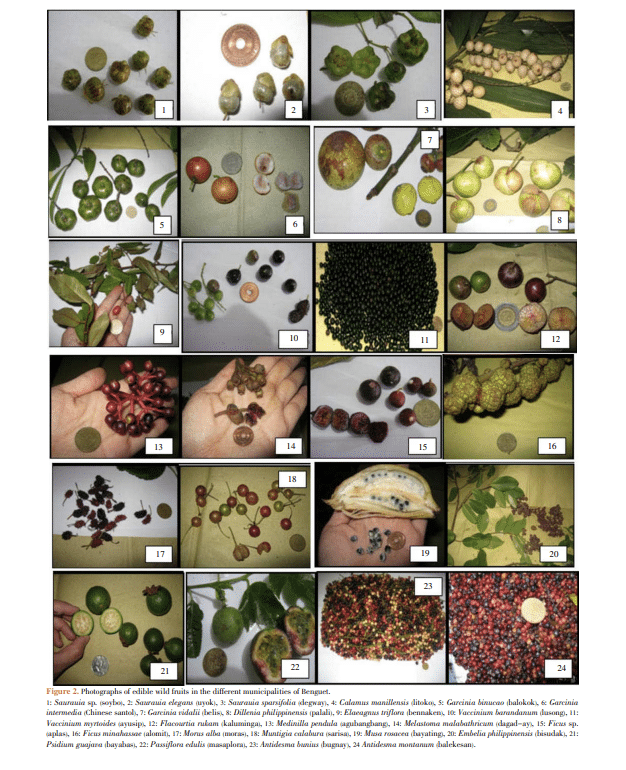
We will identify more wild fruits as we go along.
The wild edible fruits of Benguet are more than just a source of nourishment—they carry deep cultural and medicinal importance for local communities. This study emphasizes conserving these natural treasures and promoting their sustainable use. It also highlights the need for a deeper understanding of their scope, characteristics, and value.
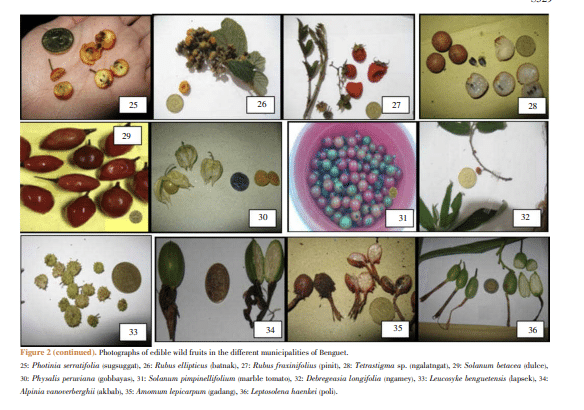
With this knowledge, communities can create strategies for sustainable resource management, develop climate change adaptation plans, and enhance agroforestry systems by incorporating wild species. Integrating these fruits into local diets improves food security and preserves vital connections between people and their environment. Protecting these resources ensures a resilient and thriving future for nature and the community.
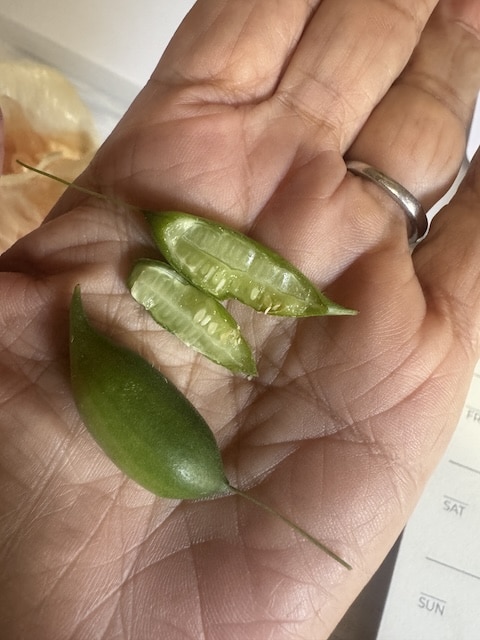
Our coffee farm is committed to preserving these wild fruits by cultivating a diverse and healthy ecosystem. By maintaining shade-grown coffee under native trees, we provide a protective habitat that supports the growth and regeneration of these wild fruit species. Our farming practices emphasize biodiversity, minimizing deforestation and encouraging natural pollination cycles. This not only enhances the flavor and quality of our coffee but also helps sustain the rich tapestry of flora and fauna that makes Benguet’s landscape so unique. Through these efforts, we aim to promote a harmonious balance between farming, conservation, and community well-being.
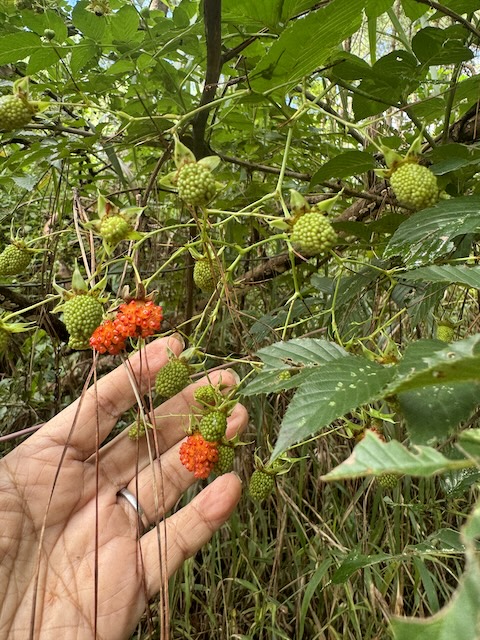
Here are the highlights of that survey:
Benguet is home to a rich diversity of edible wild fruits, each holding cultural, medicinal, and ecological significance. The study identified 36 species across 27 genera and 20 families. Kibungan tops the list with 16 species, while Sablan and La Trinidad follow closely with 14 each. While some fruits are found throughout the province, others are limited to specific areas.
Common Wild Fruits
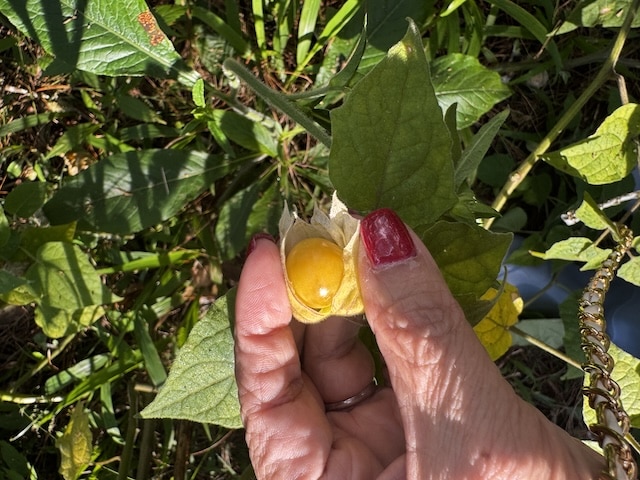
Some fruits stand out for their abundance and frequent use:
• Garcinia binucao (balokok): The most widely used and abundant species.
• Saurauia sparsifolia (sapuwan): Common in many barangays and villages.
• Rubus fraxinifolius (pinit): A wild berry distributed across the region.
• Vaccinium myrtoides (ayusip): Used for offerings and as a natural dye.
Traditional Uses of Wild Fruits
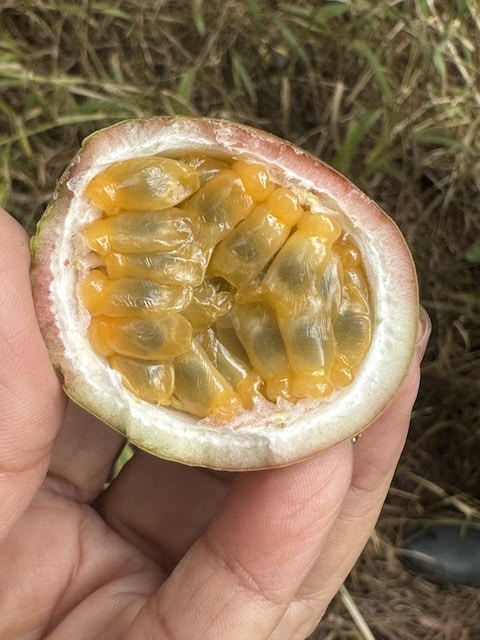
These fruits serve multiple purposes in local communities, classified based on their use:
• Food: Consumed as snacks, desserts, or table food.
• Forage: A key food source for birds, monkeys, and wild animals.
• Offerings: Used in rituals and ceremonies.
• Processing: Made into jams, jellies, candies, juices, and wine.
• Condiment: Added to dishes for their sour taste.
• Dye/Ink: Extracted for natural dye or ink.
• Decoration: Used to garnish food.
• Medicine: Used to treat various ailments.
Examples of versatile fruits include:
• Garcinia binucao: Used for food, forage, processing, and as a condiment.
• Vaccinium myrtoides: Significant in rituals and dye production.
• Saurauia elegans: Often used for decoration.
• Antidesma bunius (bugnay): Known for its medicinal benefits.

Cultural Significance
The cultural importance index (CI) ranks fruits based on their variety of uses and the number of people relying on them:
• Garcinia binucao: Highest CI due to its use in food, forage, wine, and condiments.
• Saurauia sparsifolia: High CI for food and wine production.
• Rubus fraxinifolius: Valued for food, jellies, and juices.
• Vaccinium myrtoides: Noted for offerings and dye production.
Factors Affecting Distribution and Abundance
The availability of wild fruits is influenced by:
• Climate: Benguet’s subtropical conditions promote diverse fruit growth.
• Topography: Varied landscapes shape species distribution.
• Land Use: Agricultural expansion, urbanization, and forest protection impact fruit abundance.
However, some species face decline due to:
• Replacement by commercial crops.
• Domination of large-scale farming.
• Unsustainable harvesting.
• Habitat destruction caused by natural disasters, population growth, and pollution.
Medicinal Uses
Many fruits have traditional medicinal applications:
• Antidesma bunius: Used for diabetes and body cleansing.
• Vaccinium myrtoides: Promotes good eyesight and treats diabetes, flu, and other ailments.
• Saurauia sparsifolia: Relieves cough, hypertension, and flu symptoms.
• Rubus fraxinifolius: Treats stomachaches, sore eyes, and urinary infections.
• Garcinia binucao: Used for arthritis, cough, and flu, and to satisfy pregnancy cravings.
These findings are supported by additional research, which highlights the health benefits of these fruits.
Through continued conservation, sustainable practices, and community engagement, Benguet’s wild fruits can thrive for generations to come.
(We will continue to update this post as we take more photos of our wild fruits in our farm.)
